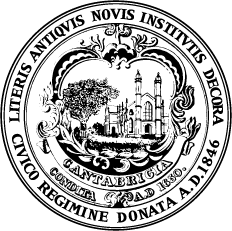Population in proximity to park types
Description
Cambridge has many high-quality open spaces, serving different needs for people at different times. Through this indicator, Cambridge will track whether the community has access to several kinds of park uses, increasing the likelihood that they can find a nearby open space that serves their needs. This metric uses a revised standard introduced by the Open Space Needs Assessment.
Data Source
Park Types from CDD Open Space Needs Assessment; Population from 2010 and 2020 Census, Annual Housing Starts data from CDD
Methodology
Population counts by Census block were applied to 1-acre hex grid cells covering the City. For non-Census years, changes in population were estimated based on the net change in housing units listed in annual Housing Starts data, and these changes were applied to the hex grid cells at the location of the development projects. The percentage of the population located within the walksheds of at least three of the four types of parks as classified by the Open Space Needs Assessment was then calculated. The four walksheds are as follows: a quarter-mile walking distance from a Mini Park; a half-mile walking distance from a Neighborhood Park, a Community Recreation Park, or a Citywide Park.
Indicator
Population in proximity to park types
Baseline
62.8%
Target
Percentage


